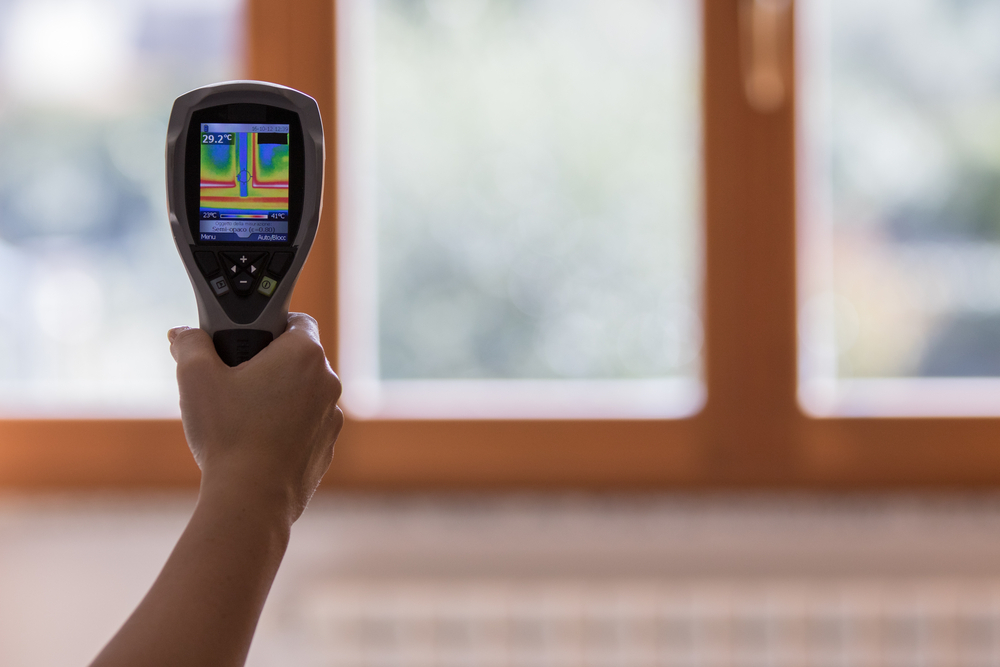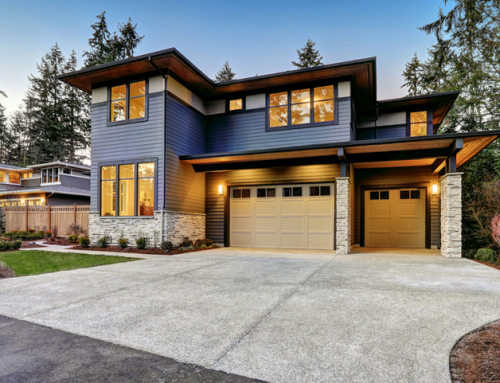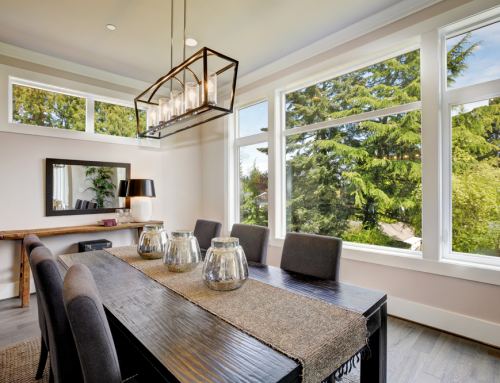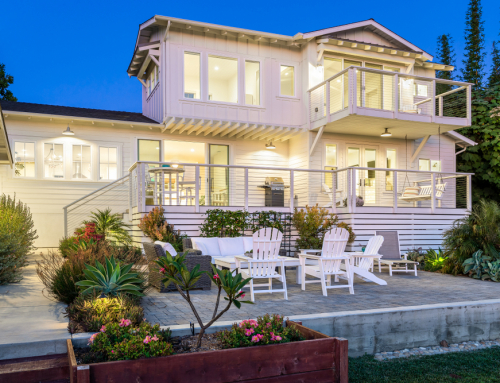Key Factors
You might be thinking what affects heat loss/gain through windows? Well, there are three principal factors that affect the heat loss/gain through the windows in your home. Each factor is sensitive to different aspects of window design and specifications and contributes differently to a home’s overall energy use depending on the climate in which the house is located.
Air Leakage/Infiltration
Air leakage involves movement of air through unintentional cracks between window components within the window frame itself or between the window assembly and the building structure. Driven by air pressure differences, outside air infiltrates through these cracks in the high-pressure zone of the house, while conditioned inside air escapes in the low-pressure zone. Pressure differences to drive this infiltration can come from wind, stack effects that cause heat to rise in the house, or pressure imbalances from the installed heating and cooling equipment.
Infiltration has its greatest energy impact during cold weather in heating-dominated climates when winds can be most severe and where the temperature of outside air is significantly colder than inside air. Air leakage depends on the size of infiltration cracks, which can be evaluated with a blower door test. Leakage is minimized by filling cracks and/or using an overall barrier, such as a storm window, to block airflow paths.
Temperature Driven Heat Transfer (Conduction and Convection)
Heat moves through materials from warm to cold; therefore, differences in temperature between the outside and inside air provide a forcing function for the movement of heat through window materials. This heat transfer happens through all parts of the window—both the glazing and the frame—and its energy impact is specified by the U-factor of the window assembly. The overall effect of these losses depends on the total window area and its U-factor and the inside/outside temperature difference.
Since this difference is usually greatest during cold weather, when differences in temperature may exceed 60 degrees F, this heat transfer mechanism is usually most significant during heating-dominated times of the year. Reducing heat flow through windows results in interior surfaces that are closer to the interior air temperature and not cold to the touch in winter. This greatly improves thermal comfort of occupants and reduces condensation along with providing energy savings.
Keeping the interior surface of the window warmer and more consistent from top to bottom also reduces convection, further contributing to occupant comfort. Heat flow through glazing units is minimized by using multiple glass layers, low emissivity (low-e) coatings, inert gas fill, and warm edge spacers between all sealed glazing layers. For window frame components, U-factor is minimized by using low conductivity (or thermally broken) frame materials. For example, wood has a lower conductivity than metal. External measures such as adding insulating curtains, blinds, or interior shutters will also reduce heat transfer.
Solar Gains (Radiation)
Solar gains happen through the transparent window glazing components and can have both positive and negative effects on the energy performance of windows. During the heating season, solar gains deliver heat to spaces and offset the need for mechanical heating, but during the cooling season, these same solar gains will increase the energy needed to cool the space. The Solar Heat Gain Coefficient (SHGC) quantifies of the transmission of solar radiation through the window. The amount of solar gain depends on the area of transparent window glazing oriented toward the sun, the SHGC of the glazing, the amount of shading, and local solar conditions (sun angles, cloudiness, window cleanliness, etc.). Solar radiation is divided into three components: visible light (roughly 45 percent), infrared (roughly 52 percent), and ultraviolet rays (roughly 3 percent).
Although solar heat gains happen from all three components, only the visible light portion of the spectrum can be seen. Since the primary function of windows is to allow natural light in and provide views out, the transmission of visible light is a vital consideration. Low-e coatings added to windows decrease the effective U-factor of the window and reduce the SHGC.
These coatings or films are designed to trap beneficial heat inside the house and reflect unwanted solar rays away from the house while simultaneously letting a large fraction of the visible light pass through to the inside. However, where passive solar heating is desirable, such as in heating dominated climates, these films can reflect away more solar energy than they trap.
While visible transmission is not linearly related to the U-factor or SHGC, many low-e films used to improve a window’s thermal performance or control solar gains also decrease the visible light transmission, sometimes making the glass appear deeply tinted or reflective. This not only affects views and natural light, it can also jeopardize the historic integrity of a home. Interior shades, blinds, and films and external measures such as awnings, vegetation, or exterior shutters all help to reduce unwanted solar heat gain through windows.
Now that you know more about the factors that affect heat gain or loss through your windows, Call Clear Concepts Window and Door at (619) 583-7171 to install the right ones in your home.






